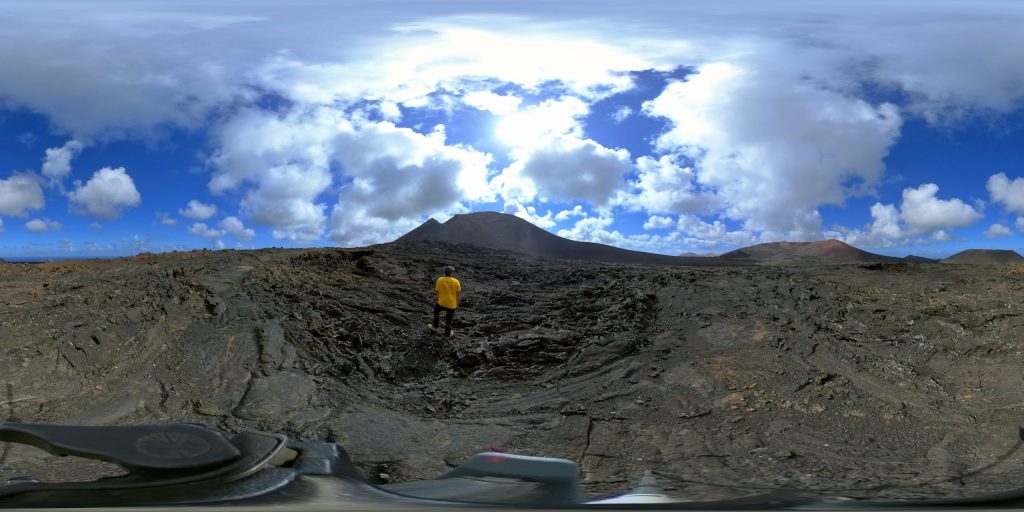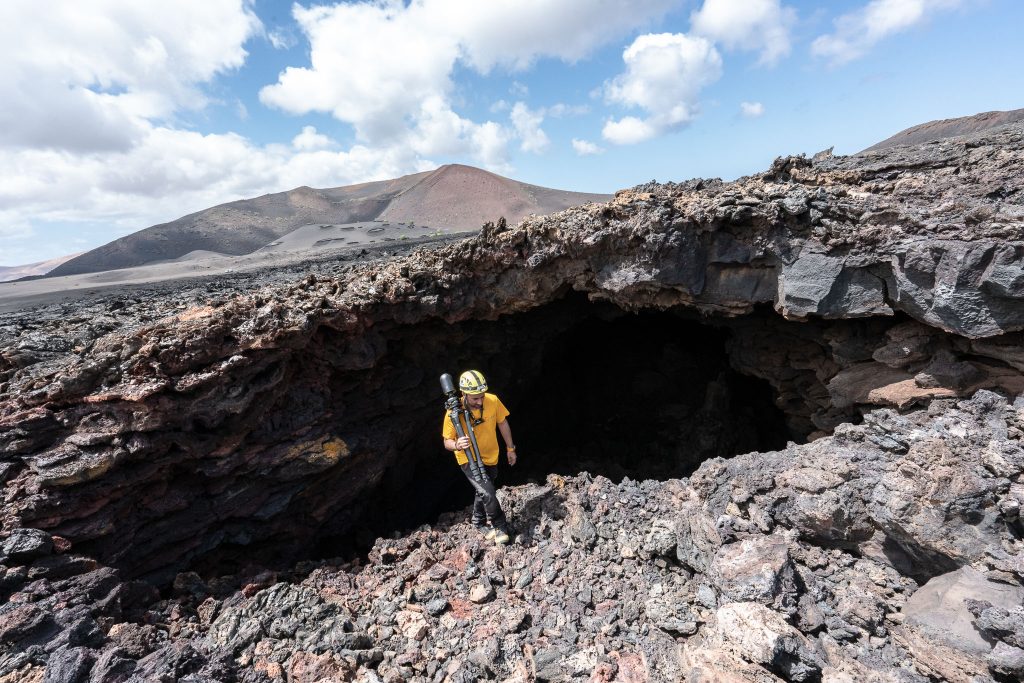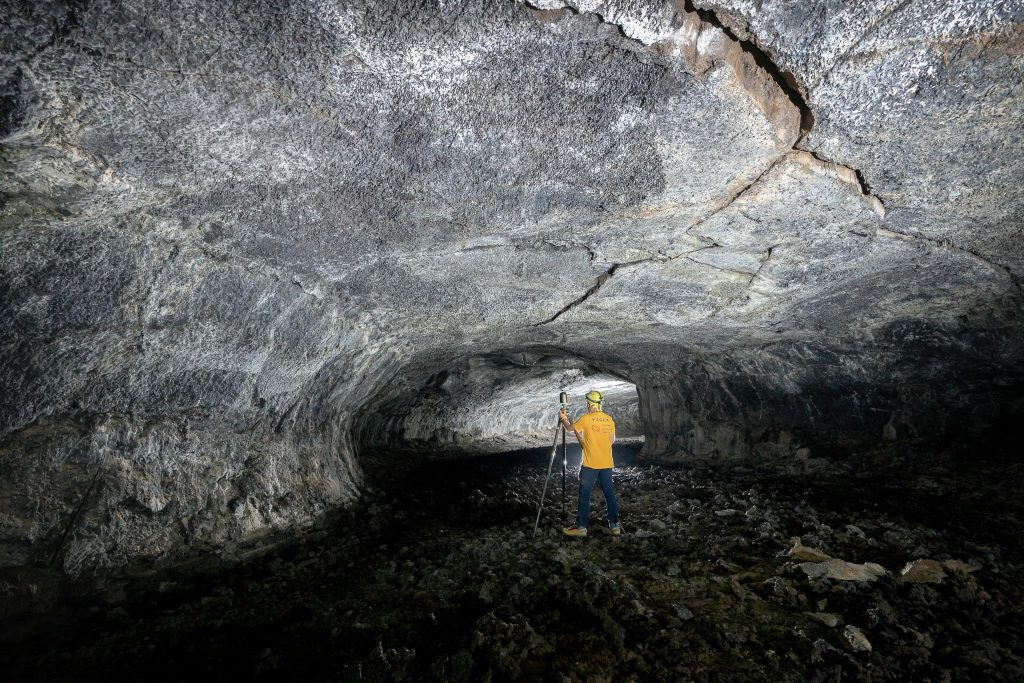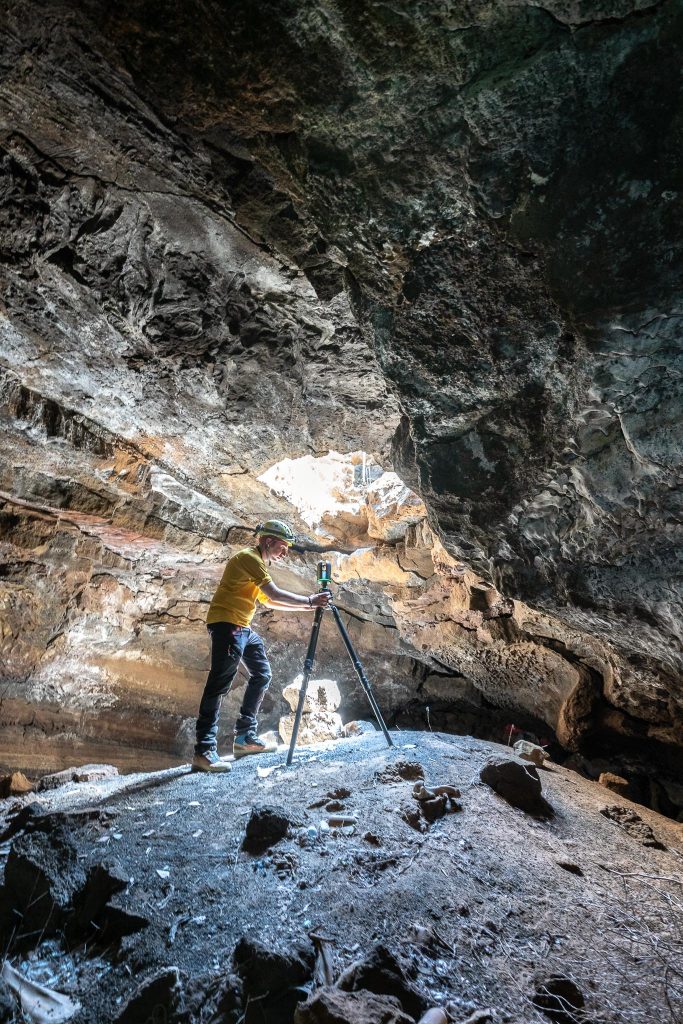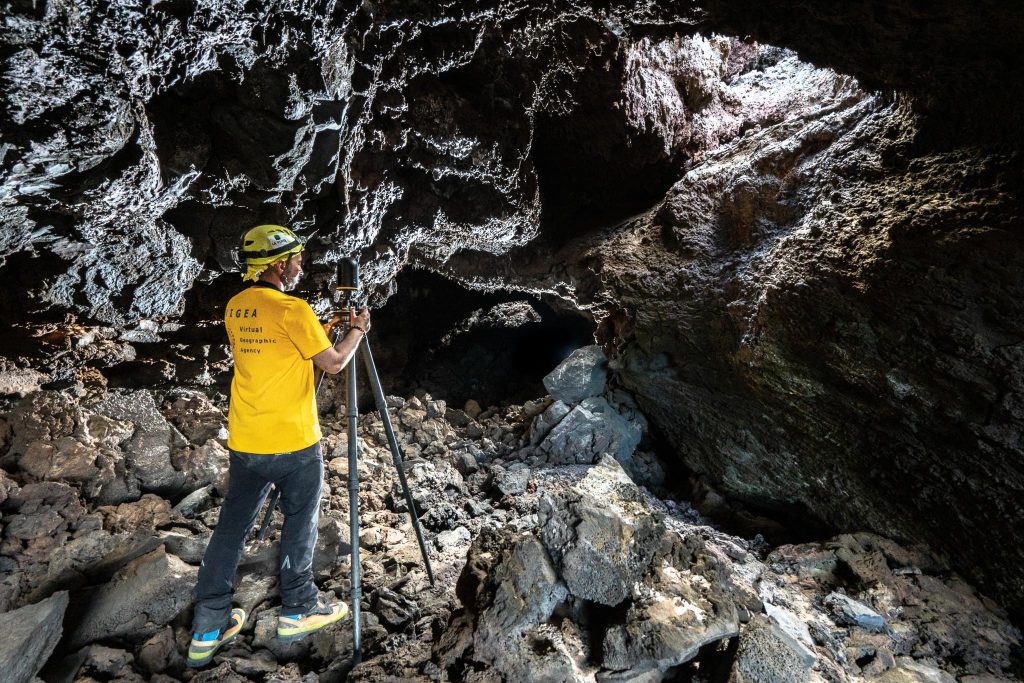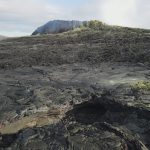TUBOLAN RESEARCH PROJECT
LANZAROTE, SPAIN
Lanzarote is known for its many volcanic caves. In addition to the La Corona system, one of the largest in the world with over 6km of tunnels, there are many other caves that were formed as a result of several volcanic eruptions that occurred on the island during its geological history.
For several years, these caves have been studied and carefully analyzed by space agencies around the world as they are considered similar to the cavities that one day we will be able to illuminate on other planets or satellites such as Mars and the Moon. Although conditions are different from those of our planet, the Martian and lunar cave systems could theoretically also support the development of chemolytoautotrophic microorganisms that survive and grow using and transforming minerals.
Directed by Ana Miller, geomicrobiologist at the Institute of Natural Resources and Agrobiology of Seville (Institute of Natural Resources and Agrobiology of Seville – CSIC), the TUBOLAN project was organized precisely to study the microbial organisms that live in the lava tube systems of Lanzarote and in particular by carrying out studies in different caves according to their “age”.
As part of this project, we supported the activities through 3D survey and documentation with 360 ° cameras, contributing to the study of cave formation and discovering the geography of the caves more than ever. Equipped with our BLK360 imaging scanner, we performed the 3D survey of some of the most interesting sections of the lava tubes explored.
Maguez cave, Lanzarote
TUBOLAN PROJECT 2021
LET’S KEEP IN TOUCH!
You can write us at the form below, we will reply as soon as possible!
TUBOLAN RESEARCH PROJECT
LANZAROTE, SPAGNA
Lanzarote è nota per le sue numerose cavità vulcaniche. Oltre al sistema de La Corona, uno dei più estesi al mondo con oltre 6km di gallerie, sono presenti molte altre grotte che si sono formate a seguito di diverse eruzioni vulcaniche verificatesi sull’isola durante la sua storia geologica.
Da diversi anni, queste grotte vengono studiate ed analizzate attentamente dalle agenzie spaziali di tutto il mondo in quanto considerate analoghe alle cavità che un giorno potremo illuminare su altri pianeti o satelliti come Marte e la Luna. Sebbene le condizioni siano diverse da quelle del nostro pianeta, anche i sistemi di grotte marziane e lunari potrebbero teoricamente supportare lo sviluppo di microrganismi chemolitoautotrofi che sopravvivono e crescono utilizzando e trasformando i minerali.
Diretto da Ana Miller, geomicrobiologa presso l’Istituto di Risorse Naturali e Agrobiologia di Siviglia (Institute of Natural Resources and Agrobiology of Seville – CSIC), il progetto TUBOLAN è stato organizzato proprio per studiare gli organismi microbici che vivono nei sistemi di tubi lavici di Lanzarote ed in particolare effettuando studi in diverse grotte a seconda della loro “età”.
Nell’ambito di questo progetto, abbiamo supportato le attività attraverso il rilievo 3D e la documentazione con camere a 360°, contribuendo allo studio della formazione delle grotte e scoprendo più che mai la geografia delle grotte. Equipaggiati con il nostro imaging-scanner BLK360 e camere a 360°, abbiamo eseguito il rilievo 3D e documentato con foto e video alcuni dei lava tubes esplorati, rilevando circa 2,5km di gallerie vulcaniche in pochi giorni
MODELLO 3D – Maguez cave, Lanzarote
TUBOLAN PROJECT 2021 – Galleria immagini
TENIAMOCI IN CONTATTO!
Puoi scriverci al form sottostante, ti risponderemo il prima possibile!




